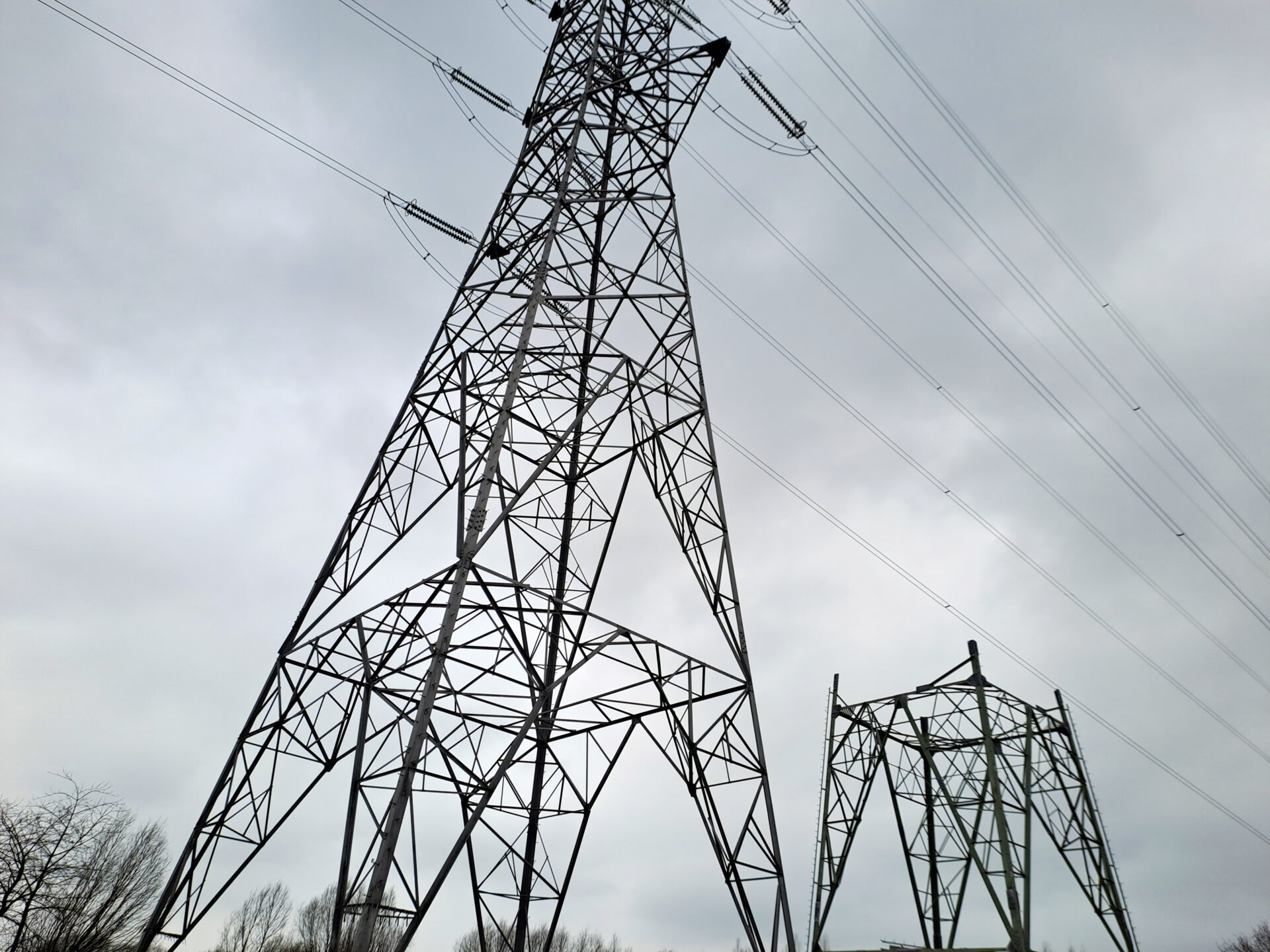A new study has shone a light on the positive effects of the series of measures taken by the Federal Government during the energy crisis, with the most vulnerable households that benefited from support having been greatly protected.
Energy prices in Belgium are currently among the lowest in Europe but remain at a much higher level than three years ago. This is the result of the energy price spike of 2022, which was the largest ever in the country. In October, the average price of a new energy contract was almost €6,000 per year, a 95% increase since the previous year. Between December 2020 and 2022, the average electricity price had risen by 110.5%.
The increase in bills was driven by a rise in demand as the economy began to recover after the pandemic, higher purchasing prices due to the rising cost of emission rights and the Russian war on Ukraine which reduced gas supply by as much as 60% and halted oil supply completely.
Now that the worst of the storm has passed, the latest Energy Poverty Barometer, commissioned by the King Baudouin Foundation and carried out by researchers from the UAntwerpen and the ULB in Brussels, focused on the 2022 energy crisis and to what extent it put different Belgian households under financial pressure.
Regional differences
The Barometer has for ten years measured energy poverty levels – where a person or household struggles to meet the basic energy needs of the home – in Belgium. The problem has roots in several causes, from low incomes, high energy bills, poor quality housing, but also the careless use of energy.
The researchers developed three indicators to measure energy poverty: the energy bill of households relative to disposable income (measured energy poverty), when households significantly reduce their consumption (hidden energy poverty) and when households feel they do not have enough financial resources to adequately heat their homes (subjective energy poverty).
In 2022, during the energy crisis, 21.8% of Belgian households lived in energy poverty, marking a 7% increase from 2021. The share of measured energy poverty decreased by 7.5%, but the extent of hidden energy poverty and subjective energy poverty increased by 37.8% and 28.1%, respectively. This highlights the extent to which households were concerned about skyrocketing energy prices.
The situation varied from region to region: Wallonia had the highest rate of energy poverty (29.2%), followed by the Brussels-Capital Region (28.2%). Flanders was in third position (16.4%), but compared to 2021, total energy poverty increased most in the Dutch-speaking region (+13.1%), compared to 4% in Brussels and 1.7% in Wallonia
Impact of government support
The increase in energy prices did not have the same impact on energy bills for all households due to several factors.
In some cases, households voluntarily restricted their energy consumption, which helped prevent skyrocketing bills. Other fortunate people had taken out fixed contracts for electricity and gas at a lower price and continued to benefit from this during the crisis.
However, the main factor was the series of measures implemented by the so-called Vivaldi coalition government, including lower VAT on electricity and natural gas and the extension of the social tariff. These government measures greatly protected the most vulnerable households, researchers found.

Credit: Belga / Wim Demeulenaere
Compared with 2021, the energy poverty rate for households in the first decile of equivalent income (the least well-off households) dropped in 2022, while that of households in the other income groups rose.
Among single people and single-parent families, a group in which women are overrepresented and which is generally more likely to fall prey to energy poverty, the energy bills (median, at constant price) increased by 1% and 2.4%, respectively, while other households faced a sharp increase between 7% and 14%.
On the other hand, disparities emerged between households able to benefit from social assistance, and those that did not despite still being vulnerable to energy poverty, such as tenants in private housing with centralised heating. These people felt the full brunt of the crisis.
Lessons learned?
To anticipate future energy crises, the Platform Against Energy Poverty published a set of 11 recommendations grouped on the lessons drawn from the 2022 energy crisis, aimed at better supporting vulnerable households.
The first key point is to accelerate the energy transition, which involves continuing and strengthening the support provided by regional governments to improve the energy performance of buildings. The focus here should be on pre-financing renovations for middle- and low-income owners.
Formalising an energy crisis management strategy is also key according to the platform. "Additional assistance mechanisms should only be used in crises, consultation with energy sector players should be strengthened before decisions are made, aid during a crisis should be better targeted and a crisis fund is needed to manage the crisis and help households in need," the recommendations read.
Finally, the group called on the government to automate consultation between players to improve communication, information and collaboration by organising regular consultations between energy sector players.

